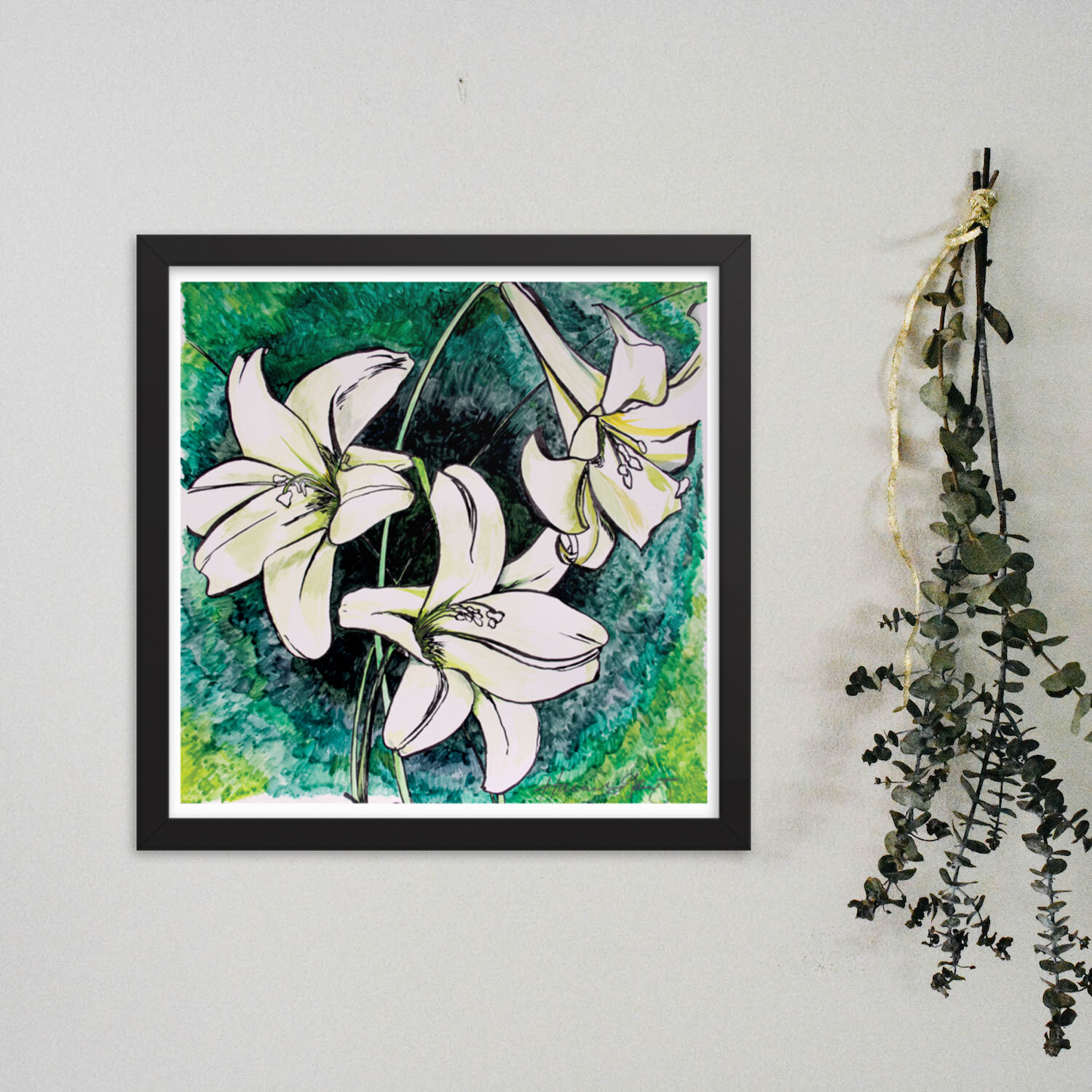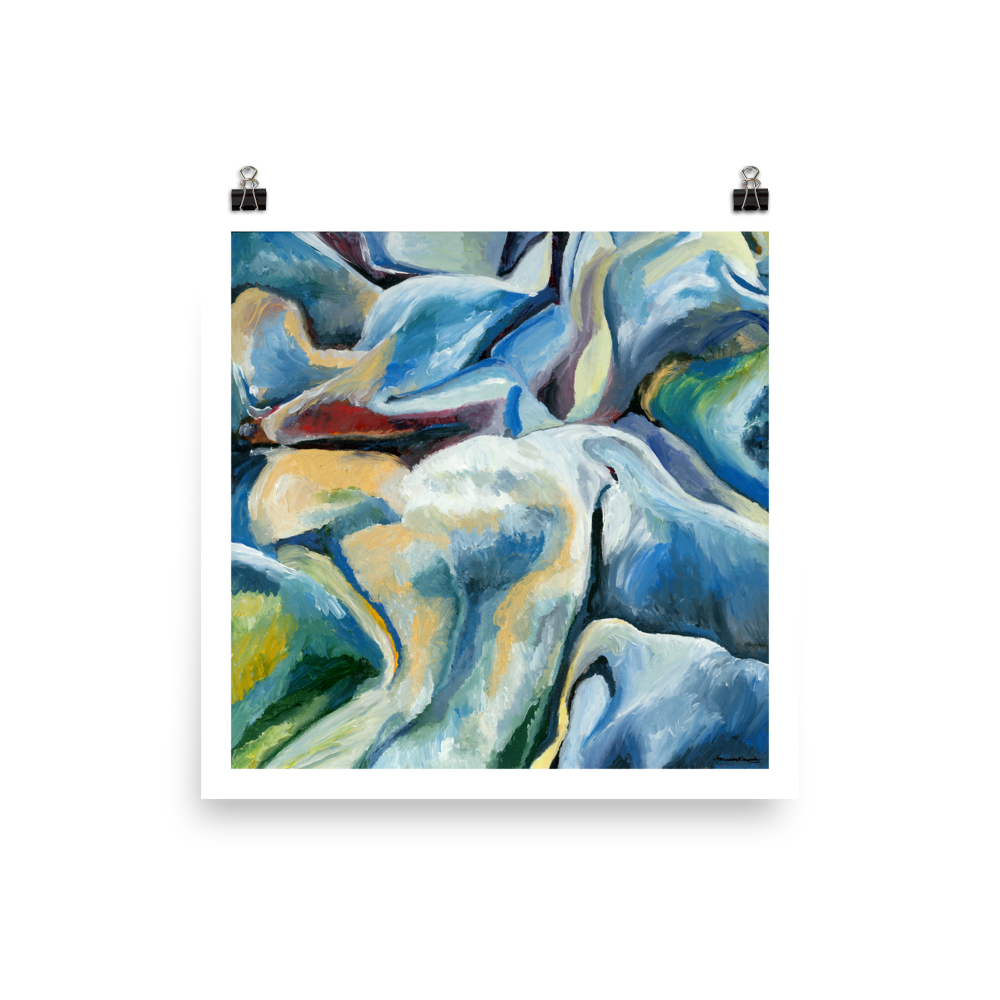Zacchaeus Print by Lauren Wright Pittman
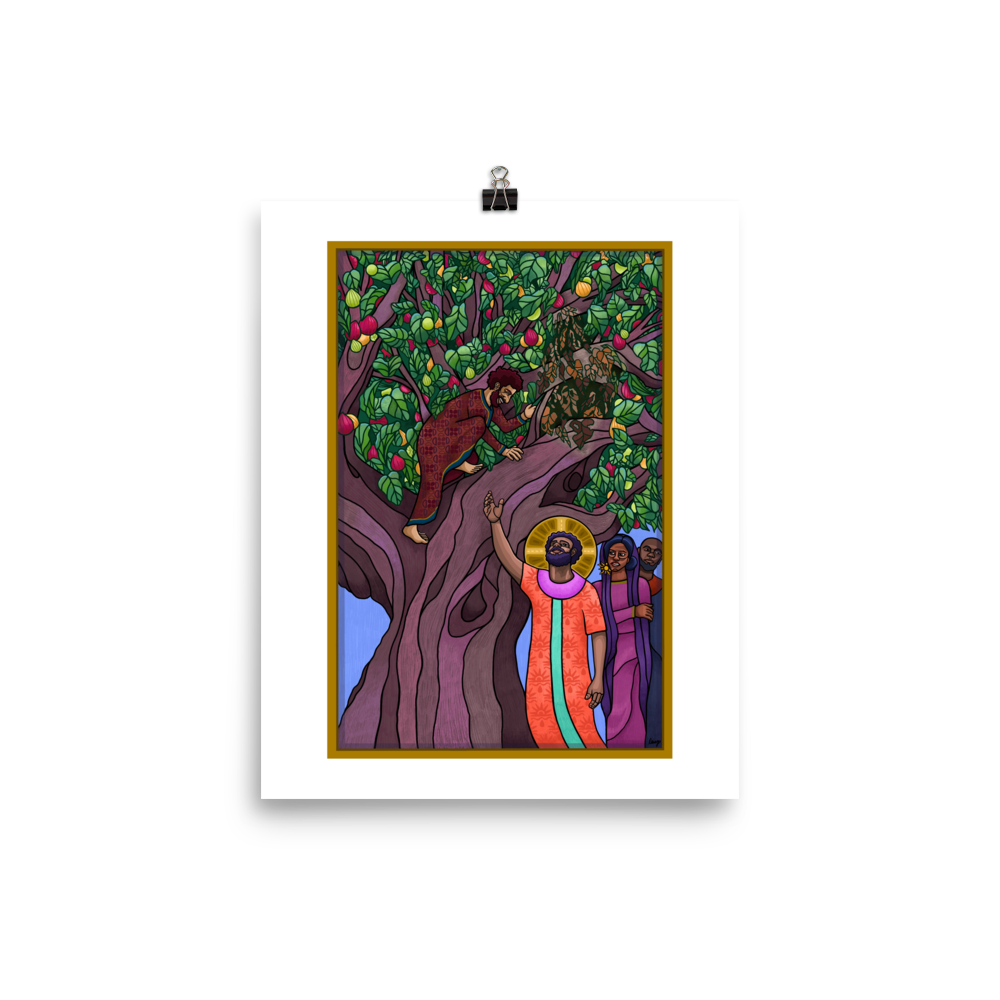

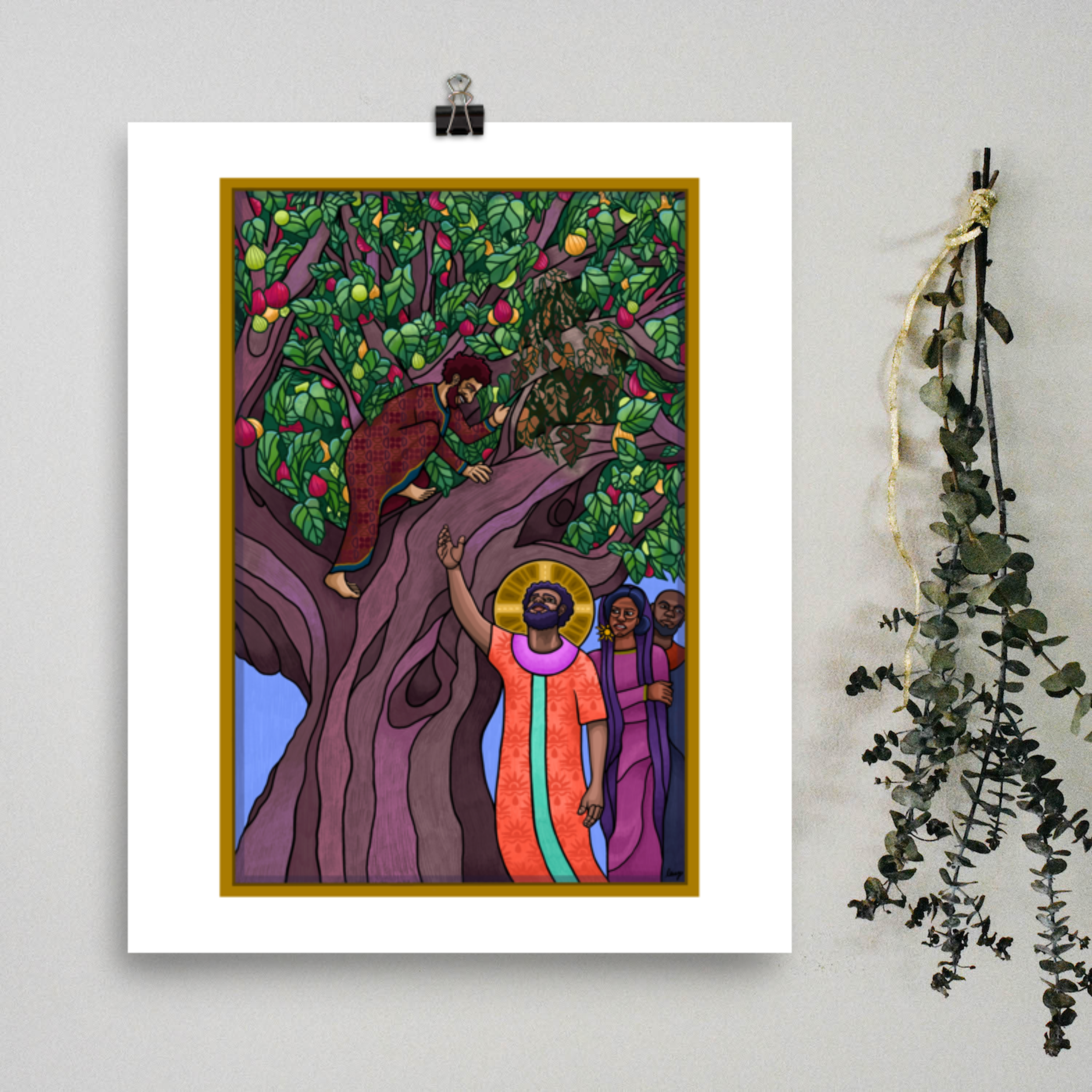




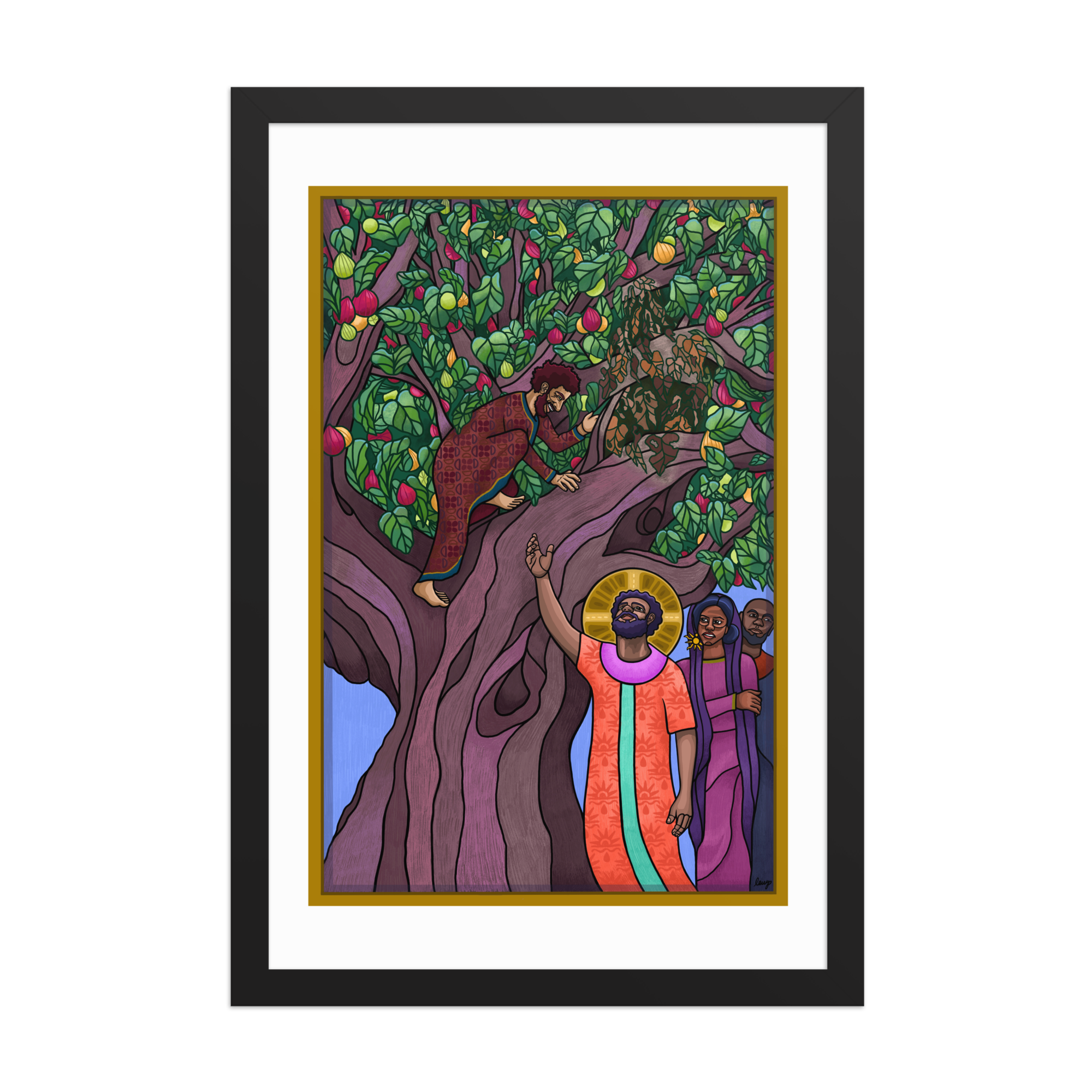


Zacchaeus Print by Lauren Wright Pittman
Zacchaeus
Digital painting
By Lauren Wright Pittman
Inspired by Luke 19:1-10
Museum-quality poster made on thick, durable, matte paper. Unframed artwork will arrive rolled up in a protective tube.
Framing option available.
Print Details:
Museum-quality posters made on thick, durable, matte paper.
Paper is archival and acid-free.
Unframed prints arrive rolled up in a protective tube.
Frame Details:
Alder, Semi-hardwood frame
Black in color
.75” thick
Acrylite front protector
Lightweight
Hanging hardware included
Made in the USA
From the Artist:
I had a lot of fun discovering new layers to this familiar story. I learned that Zacchaeus climbed a sycamore fig tree, which was a food source for poor people because the fruit was bitter and generally undesirable. I had always imagined a fruitless tree, but the presence of fruit opened up interesting avenues to explore. The root word for sycamore tree is σῦκον, meaning “fig,” and as I did a study of other key words in the text, I noticed this same root word in συκοφαντεω, or “defrauded,” which was used to describe what Zacchaeus did to his community. It was curious to me that the root word for “defrauded” was “fig,” so I dug deeper to find that the Greek word was from the phrase “fig-informer” or a person who would notify authorities if one was exporting figs from Greece without paying a tax. It seemed that these “fig-informers” would use the threat of exposure to extort money from fig farmers. This is where the word “sycophant” comes from, which evolved to more generally describe a “malignant accuser from love of gain,” which perfectly describes Zacchaeus.
Jesus calls Zacchaeus out of his identity as “sycophant” into his new identity as “repentant host” who invites Jesus into his home and redistributes his ill-gotten wealth. Zacchaeus’s clothing holds a repeated pattern of four figs and halves of coins, referencing the fruits of his transformation.
The area where Zacchaeus sat in the tree is fruitless and dying. His actions were destructive and oppressive to his own community. The crowd is correct in grumbling about him; their anger is righteous, but Jesus offers mercy. In this visual metaphor, Jesus removes him from the tree so it has a chance to heal and nourish the whole community. Jesus’ clothing is patterned with suns, representing righteousness, and water, representing mercy, because it is through his merciful actions that righteousness for the community is achieved.
—Lauren Wright Pittman
Sources:
Fauna and Flora of the Bible, by United Bible Societies. (United Bible Societies, 1980). 179-181.
For discussion of the word “sycophant” (Strong’s G4811), please see: blueletterbible.org/lexicon/g4811/kjv/tr/0-1/








